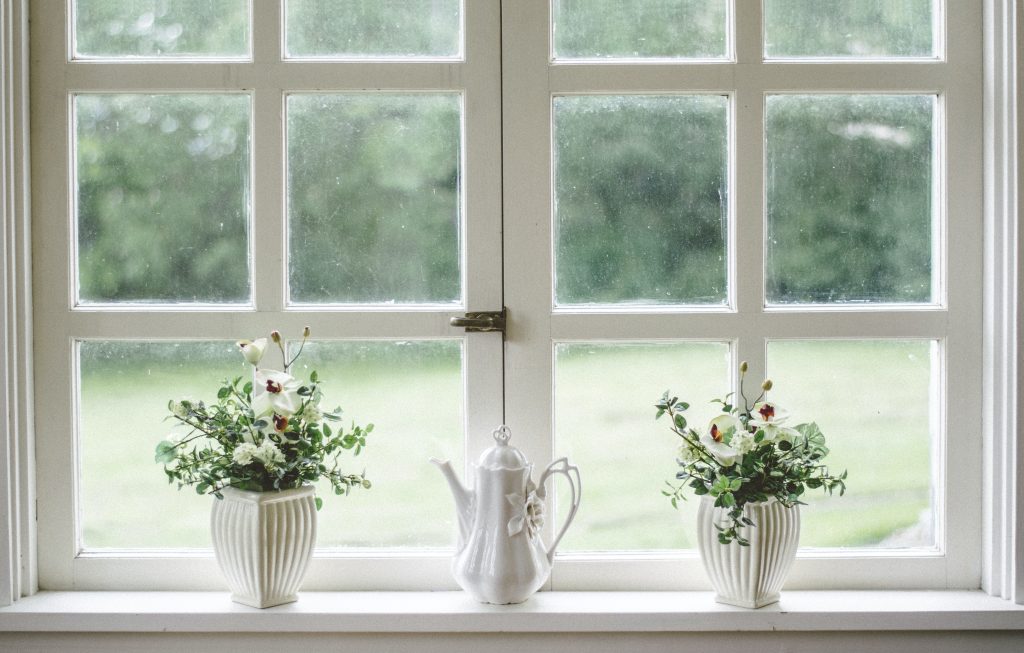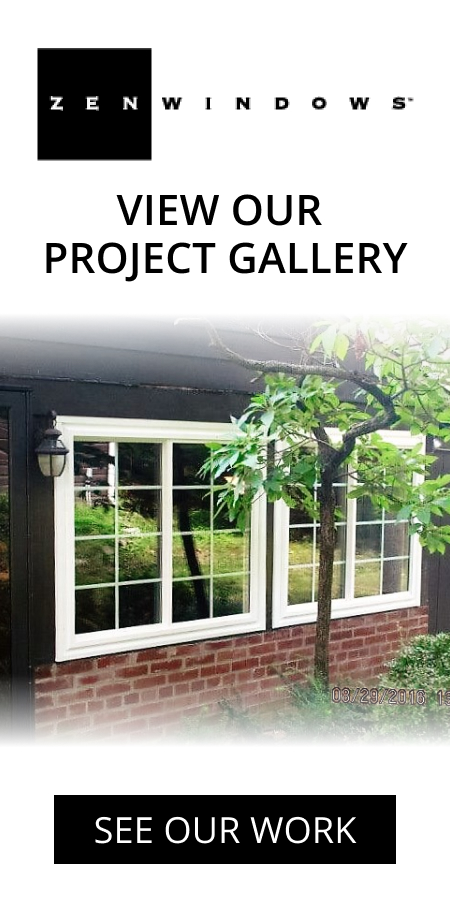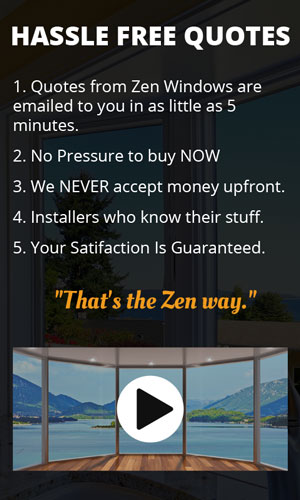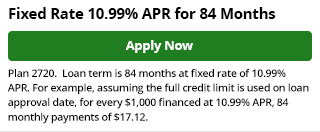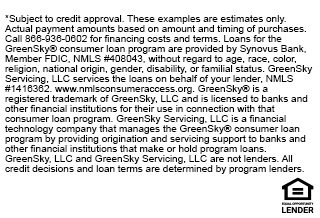Energy efficiency is a top priority for St. Louis homeowners looking to reduce their energy bills and environmental impact. Energy-efficient windows featuring low-E glass coatings are an excellent option among the many advancements in window technology.
In this blog post, the window installation experts at Zen Windows St. Louis explain low-E coatings and their household benefits.
Understanding Low-E Window Coatings
Low-E window coatings are an energy-efficient technology applied to windows to enhance their thermal performance. The term “low-E” stands for “low emissivity,” meaning the coating can reduce the amount of infrared and ultraviolet light that passes through the glass without compromising the amount of visible light transmitted.
These coatings work by reflecting heat to its source. During the summer, low-E coatings reflect the sun’s heat away from your home, keeping it cooler. In the winter, they reflect the heat generated inside your home back into the living space, ensuring your indoor environment remains warm and cozy. There are two main types of low-E coatings:
- Hard coat: A hard coat is applied during manufacturing when the glass is still hot. It’s more durable and can be used in single-pane applications.
- Soft coat: A soft coat is applied in a vacuum chamber after the glass is made. It offers better energy efficiency but is more delicate and is usually used in double- or triple-pane windows.
Benefits of Low-E Windows
Choosing to install low-E windows in your St. Louis home can provide a multitude of benefits, including:
- Energy efficiency: Reduces the need for heating and cooling, leading to lower energy consumption
- Cost savings: Lowers energy bills due to improved insulation and reduced energy usage
- UV protection: Blocks harmful ultraviolet rays, protecting furniture, carpets, and other interior items from fading
- Increased comfort: Maintains a more consistent indoor temperature, enhancing overall comfort
- Environmental impact: Reduces greenhouse gas emissions by lowering energy consumption
How To Find Low-E Windows
When searching for low-E windows, several factors should be considered to ensure you get the best performance possible:
U-Factor
The U-factor measures the rate at which a window conducts non-solar heat flow. A lower U-factor indicates better window insulation and superior low-E coating performance, making it a crucial metric when comparing windows.
Visible Transmittance
Visible transmittance (VT) measures how much visible light passes through the window. Higher VT values mean more natural light will enter your home, reducing the need for artificial lighting during the day.
ENERGY STAR® Ratings
Windows with ENERGY STAR® ratings meet the strict energy efficiency standards set by the U.S. Environmental Protection Agency. Look for windows with high ratings to ensure they provide optimal energy performance.
Schedule Low-E Window Installation With Us
Choosing the right low-E windows can significantly enhance your home’s energy efficiency, save on utility bills, and contribute to a greener planet. At Zen Windows St. Louis, we offer a wide variety of replacement windows with low-E glass coatings in different shapes and styles.
With our simple, hassle-free process and exceptional customer service, you can rest assured that we’ll provide the most enjoyable window installation experience from start to finish.
Get a free Low-E window installation quote for your St. Louis home. Contact us today.

